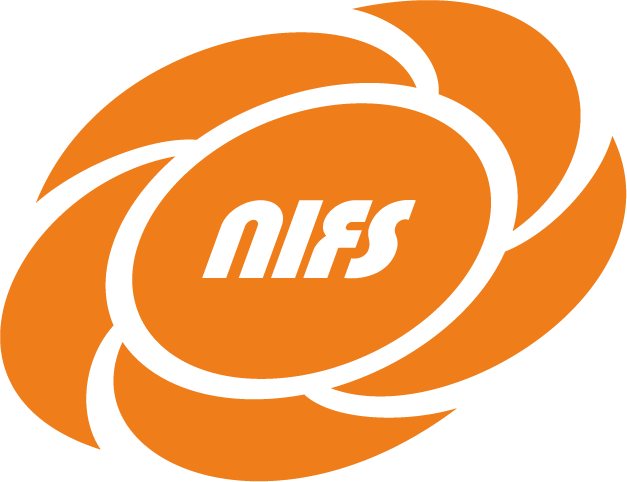Description
The KSTAR Neutral Beam Injection (NBI) system utilized to achieve high-performance, long-pulse plasma operation by providing substantial plasma heating and current drive. During the beam transmission, the high-energetic NB generates thermal loads due to collisions with transmission line components and is influenced by external conditions such as magnetic field. To study the impact of external conditions on the beam trajectory and enhance transmission efficiency under various KSTAR operation conditions, a ‘beamlet-based trajectory calculation model’ was developed. Measurement data on beam species and divergence angles, obtained using Doppler-shift spectroscopy, were used as inputs for this beamlet-based model. Additionally, the accuracy and reliability of the model were validated by comparing its results with the measurement data from the transmission line components using the calorimetric method. Using this model, neutral beam loss rates within the beamline were evaluated for various beam divergence angles. Furthermore, a study on beam loss based on the beam trajectory was conducted under conditions where a large amount of PF coil current was present, such as during long-pulse operation and high Ip experiments.
